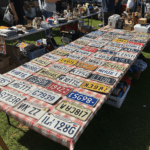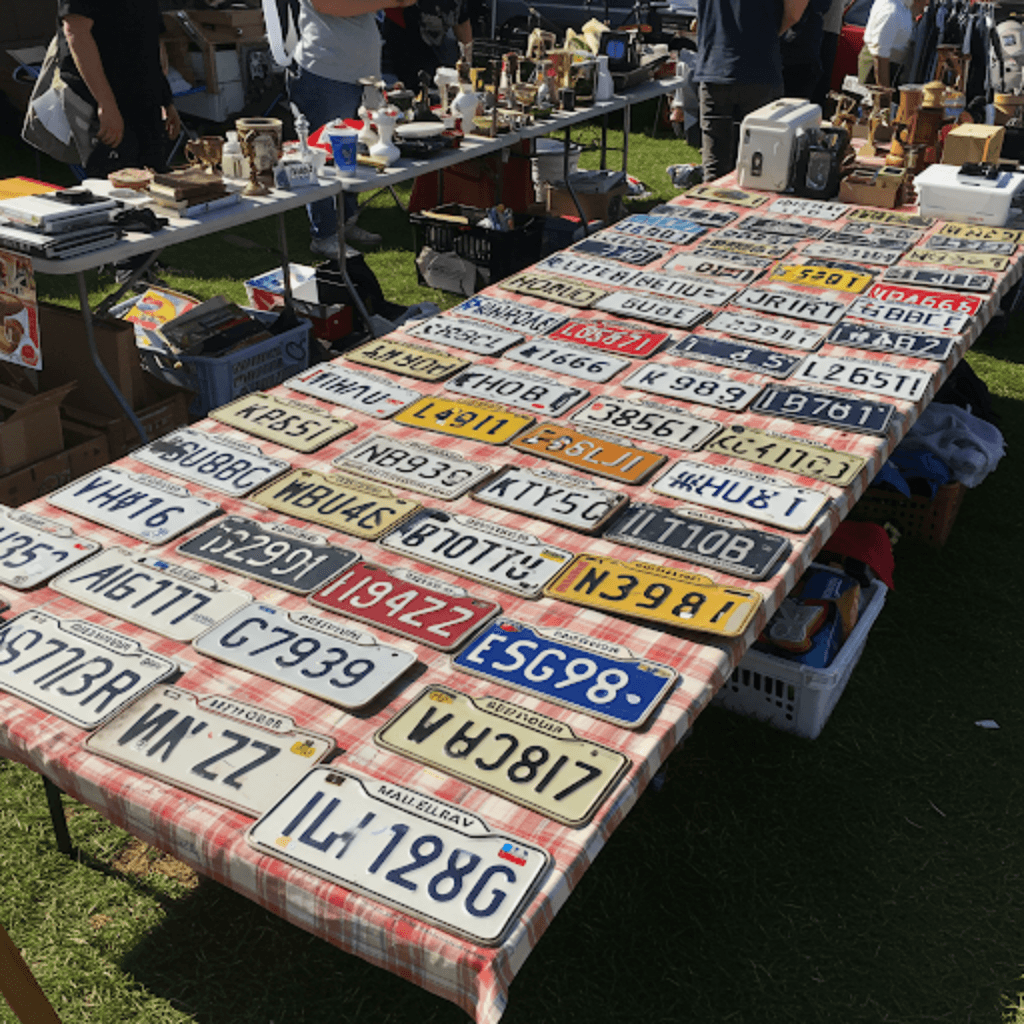
Unlocking the World of Personalised Number Plates in the UK
Unlocking the World of Personalised Number Plates in the UK
Personalised number plates, also known as private number plates or cherished number plates, have become increasingly popular in the United Kingdom. They offer a unique way to add a touch of individuality and personality to your vehicle, transforming it from a standard mode of transport into a statement piece. But beyond the aesthetics, they can also be a surprisingly shrewd investment. This article delves into the fascinating world of personalised number plates, exploring everything from their history and legalities to finding the perfect plate and understanding their potential value.
A Brief History of UK Number Plates
The UK’s vehicle registration system began in 1903 with the Motor Car Act. Initially, plates were issued sequentially, with no option for personalisation. The early system used a combination of letters and numbers, and the format has evolved several times over the decades. The concept of purchasing and owning a specific registration mark (the letters and numbers on the plate) didn’t emerge until much later, paving the way for the personalised number plate market we know today.
Why Choose a Personalised Number Plate?
There are numerous reasons why people opt for a personalised number plate. Some of the most common motivations include:

- Personalisation: The most obvious reason is to display something meaningful, such as initials, a nickname, a significant date, or a word that resonates with the owner.
- Investment: Certain number plates, particularly those with low numbers or desirable letter combinations, can appreciate significantly in value over time. They can be seen as a tangible asset, much like classic cars or fine art.
- Business Branding: Companies often use personalised number plates to promote their brand or display their company name or initials on company vehicles. This provides a subtle yet effective form of mobile advertising.
- Hiding the Age of a Vehicle: ‘Dateless’ number plates (those issued before the age-related identifiers were introduced) can be used to disguise the age of an older vehicle, giving it a more timeless appearance.
- Gift: A personalised number plate can make a unique and memorable gift for a car enthusiast or for a special occasion.
Understanding the Different Types of Number Plates
The UK number plate system can seem complex, but it’s helpful to understand the basic types:
- Current Style (New Style): These plates, introduced in 2001, follow the format AA51 ABC. The first two letters indicate the region where the vehicle was first registered, the numbers represent the year of registration (with a different code for the first and second half of the year), and the final three letters are random. These are generally the least expensive to personalise.
- Prefix Style: These plates were used from 1983 to 2001 and follow the format A123 ABC. The first letter represents the year of registration. These are often more sought-after than current style plates.
- Suffix Style: Used from 1963 to 1983, these plates follow the format ABC 123A. The last letter indicates the year of registration.
- Dateless Plates: These are the oldest and often most valuable plates, issued before 1963. They don’t contain any age identifiers and typically consist of shorter combinations of letters and numbers (e.g., 1 A, AB 123).
Finding and Buying Your Perfect Plate
There are several avenues for acquiring a personalised number plate:
- DVLA Auctions: The Driver and Vehicle Licensing Agency (DVLA) holds regular auctions of unissued and previously owned number plates. These auctions can be a good way to find unique and desirable plates, but be prepared for potentially high prices.
- Private Dealers: Numerous specialist dealers buy and sell personalised number plates. They often have a wide selection of plates available and can provide expert advice.
- Online Marketplaces: Websites dedicated to buying and selling number plates offer a convenient way to browse a vast inventory and compare prices.
- Private Sales: You can sometimes find plates for sale directly from individuals, either through online classifieds or word of mouth.
The Legal Aspects
It’s crucial to understand the legal requirements associated with owning and displaying a personalised number plate:
- You must own the vehicle: You can only assign a personalised registration mark to a vehicle that you are the registered keeper of.
- The vehicle must be registered and taxed: The vehicle must be roadworthy and have a valid MOT certificate (if required).
- Correct Display: The number plate must be displayed correctly, conforming to specific font, size, and spacing regulations. Failure to comply can result in fines and even the withdrawal of the registration mark.
- Transferring the Plate: You can transfer a personalised number plate to another vehicle you own, or you can retain the right to the plate if you sell the vehicle. This involves a specific process with the DVLA and a fee.
- Inform your insurer: It’s very important, you must inform your insurance provider the moment you change your number plate.
Valuing Personalised Number Plates
The value of a personalised number plate is determined by several factors, including:
- Rarity: Shorter combinations and plates with fewer characters are generally more valuable.
- Desirability: Plates that spell out names, words, or have meaningful initials are highly sought-after.
- Age: Older, dateless plates are typically the most expensive.
- Market Demand: The current popularity of certain combinations can influence price.
Investing in a personalised number plate can be a rewarding experience, both personally and potentially financially. However, it’s essential to do your research, understand the legal requirements, and buy from a reputable source. Whether you’re looking for a unique way to express yourself or a savvy investment opportunity, the world of personalised number plates offers a fascinating and diverse landscape to explore.







